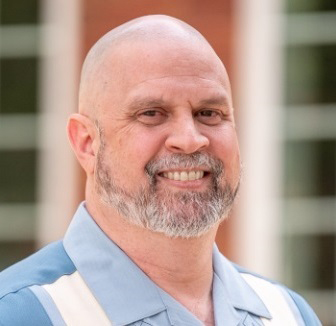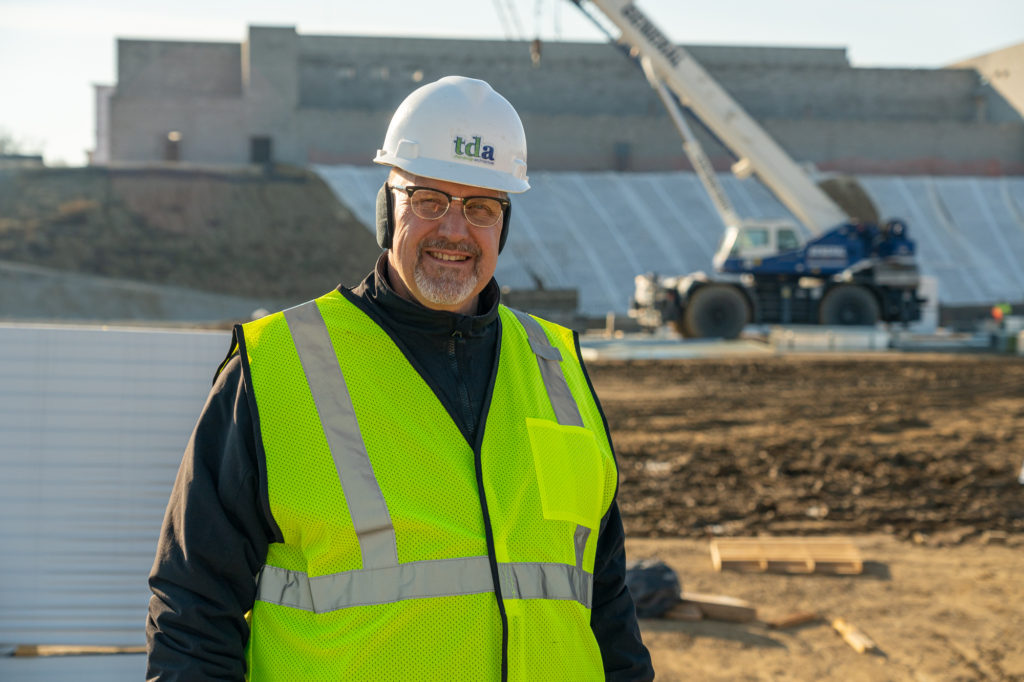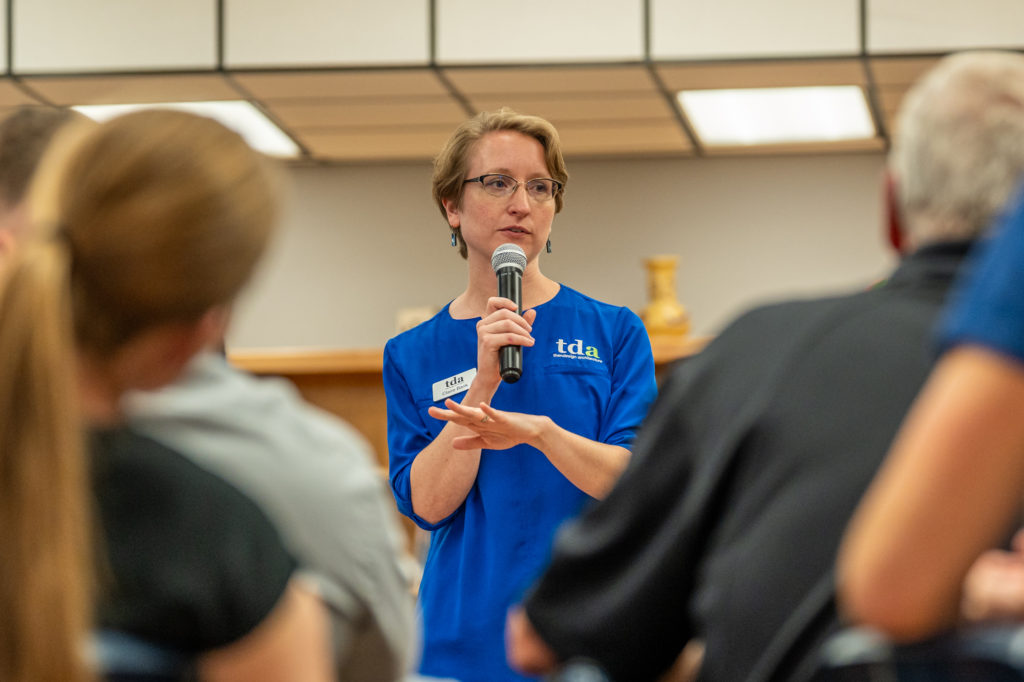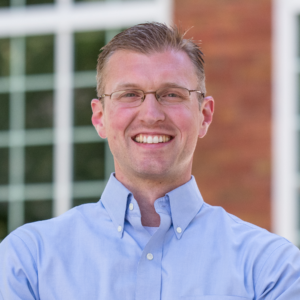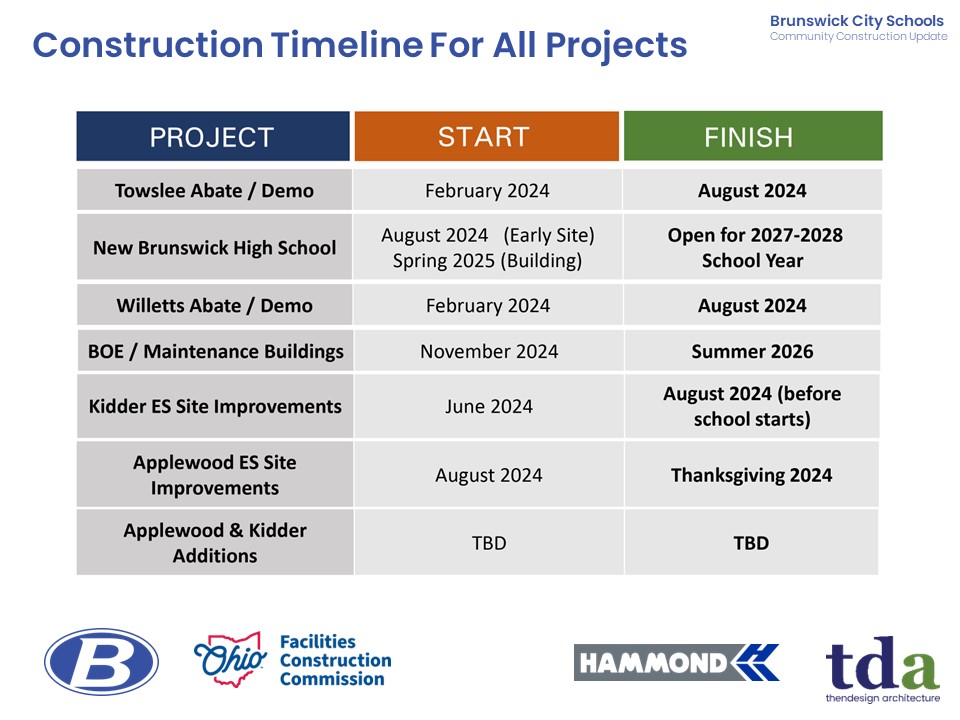The TDA Intern Experience
ThenDesign Architecture is a place where people can learn to enhance their craft in the architecture and interior design fields. We operate as a teaching and learning firm where designers of all skill levels can grow in their profession and provide mentorship to colleagues and interns alike. Fostering a culture that encourages exploration and collaboration, TDA hosts consistent Emerging Professionals, co-ops, and internship programs for those seeking hands-on experience at a dynamic design firm.
TDA is where new talent can gain valuable insight and professional growth by actively participating in every stage of design. We also understand the importance of enjoying the learning process, which is why we ensure that our interns have fun along the way to completing their degrees.
Recent interns Clarissa Plassman, Clayton Virzi, and Emma Cek share their experiences working with their design teams at ThenDesign Architecture.
Clarissa Plassman's TDA Intern Experience
“Some of the most prominent factors that made me fall in love with interior design are creativity and expression, its impact on daily life, and the ability to problem-solve collaboratively. The opportunity to create spaces that enhance people’s comfort and quality of life makes interior design impactful and rewarding. Designers need to optimize space, flow, and functionality while considering lighting, acoustics, and ergonomic factors. This aspect of problem-solving adds an intellectually stimulating component to the field.
“During my experience at TDA, I have acquired a versatile skillset that includes applying design concepts practically, honing communication skills for effective collaboration with team members, mastering technical skills in design software, understanding the properties and applications of various materials, navigating design challenges, enhancing time management skills, learning to interact professionally with clients and present design concepts, and experiencing construction sites to bridge design with reality. These lessons have collectively prepared me for a dynamic and rewarding career in interior design.
“TDA truly shines when it comes to its culture. I came to understand the importance of a company having a clear mission and values that drive decisions. These values give a sense of purpose and a path to follow. The best part is how open and honest everyone is. This kind of culture encourages everyone to be transparent, trust each other, and work together. With the guidance of impressive mentors, TDA is all about how they can focus on helping us grow, both professionally and personally.
“TDA is invested in my potential and values what I can bring to the table.”
Clarissa Plassman has a bachelor’s degree in interior design from Kent State University and is now a full-time staff member.
Clayton Virzi's TDA Intern Experience
“It’s been a really good experience to see all the thought that goes into the design before we even start putting pen to paper. It was surprising how much feedback the school district provided to help guide the design team toward a more accurate depiction of what they wanted for their school. Being in meetings and interacting with them directly was a very useful experience.
“I’ve gained new respect for the collaborative approach. Having two brains on something is better than just one. It didn’t feel like any one person was above everyone else. The team-centered culture had people working together to solve the same problem. I appreciated how comfortable it felt to go to others and discuss drawings so we could work it out. It’s been a very valuable experience being able to feel like I’m on the same level as everyone else on the team. The more you collaborate, the more confident you are to show others your design ideas, and that is a great skill to have.
“My favorite thing about working at TDA was interacting with the community and hearing how passionate everyone was. It was exciting to talk with parents who have kids who will be in one of the first classes at the new school. It was fun to have more in-depth conversations about what the students and staff were thinking. They had a lot of input to provide.
“I definitely felt like I was part of the team here at TDA. We were sort of one unit working together. People weren’t just asking one person questions, they were coming up to all of us. They were asking me the same questions that they would ask the project manager. That was really cool.”
Clayton Virzi is in the Architecture and Engineering master’s program at the University of Cincinnati.
Emma Cek's TDA Intern Experience
“During my time at TDA, I learned how to incorporate students and their experiences into the center of our designs. Coming in at the early stages of a project, I participated in the schematic design and programming of a new high school where this large project was divided into multiple sections and assigned to various team members.
“This was my first architectural job experience, so I didn’t know what to expect. My experience at TDA made me more excited for my future in architecture. Studio projects at school made me fear whether this field was right for me, but TDA told me I was on the right path.
“Seeing the schools that TDA designed opened my eyes to how much educational design has evolved to become a more welcoming and inviting space for students to learn in.
“The staff at TDA impressed me greatly with how they looked out for each other. TDA feels like a family. You never feel like you are on your own because you can ask for help from anyone in the firm. Numerous times, my coworkers provided a new take and a possible solution to the problem at hand. I look up to so many people in the firm and strive to be more like them every day.
“My experience at TDA has been a great one. I gained a lot of knowledge in the design field and made some friendships. What I will miss the most when I return to school is the culture. It was encouraging to know I am free to express my ideas without fear. I wasn’t expecting to find a place that felt like a second home.”
Emma Cek is pursuing a bachelor’s degree in architecture at the University of Cincinnati as she volunteers tutoring youth in Over the Rhine.
Emma Cek is pursuing a bachelor’s degree in architecture at the University of Cincinnati as she volunteers tutoring youth in Over the Rhine.
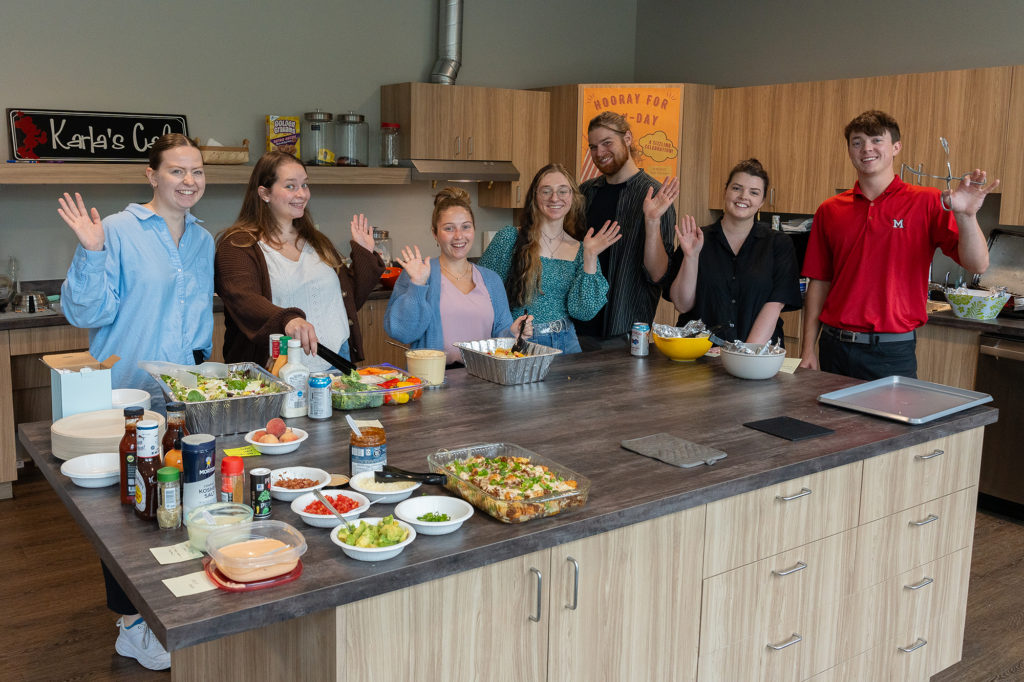
Let’s work together to make education better. If you would like more information on our open positions or internship programs, please visit our Careers page.
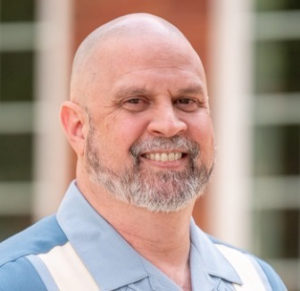
Marc Cebrian
Communications
Get our newsletter with insights, events and tips.
Recent Posts:
Mentor’s CARES House: Autistic Education Comes Home
Perry High School Unveils a State-of-the-Art Welding Lab
ThenDesign Architecture Celebrated its 35th Anniversary
Capital Improvement Plans Work
